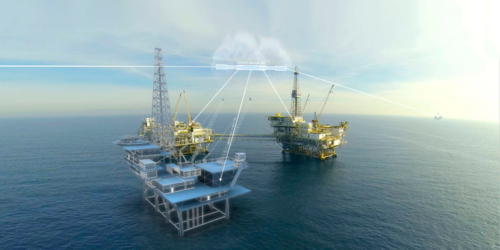The oil and gas industry, which is traditionally a laggard in the adoption of connected technologies, is increasingly deploying digital twins to improve decision-making. The prevailing industry downturn from COVID-19 has heightened the need to reduce costs and make operations more sustainable with technology, according to GlobalData.
Worldwide lockdowns have significantly impacted global energy demand, while also causing project delays due to supply chain disruptions. The downturn has aggravated the need for improving the overall asset visibility to identify areas for cost reduction. Digital twins are key to achieving this objective and ensuring sustainable operations in the long run.
According to GlobalData’s latest report, ‘Digital Twins in Oil & Gas,’ the groundwork for this technology may have been in place for some time, but its actual deployment was seen only when profitability was at risk. Incidentally, some of the major digital twins in the oil and gas industry were implemented only after the oil price crash of 2014. bp began wide-scale deployment of its APEX simulation and surveillance system around 2017.
Ravindra Puranik, Oil & Gas Analyst at GlobalData, said: “Companies have started to build models that will provide answers to ‘what if’ or ‘what will’ questions. By replicating an asset or a portion of it in the virtual world, companies can run simulation tests on real-world problems and visualize the results in 3D. This is helping project engineers to improve their understanding of the asset, thereby enabling them to optimize its performance as per the market requirements. Thus, digital twins are gradually becoming integral to oil and gas operations.”
Like Internet of Things technologies, the lack of standardization has somewhat hampered the adoption of digital twins as well, the consultant said. To overcome this limitation, DNV, in collaboration with TechnipFMC, drafted a best practices guide for the creation and certification of digital twins in November 2020. It provides a framework for developers and users alike to understand the digital twins and extract the most out of their capabilities.
Ravindra added: “Newer oil and gas projects, such as Equinor’s Johan Sverdrup, or bp’s Clair Ridge are emerging as benchmarks in digital twin adoption. Companies such as Shell, Chevron, and Petrobras are launching initiatives to deploy digital twins across their global portfolio. With crucial support from oilfield technology and service companies, digital twins are likely to become mainstay for oil and gas operations in the coming years.”





